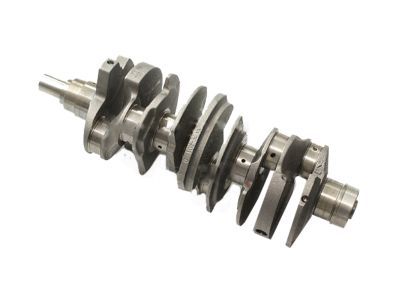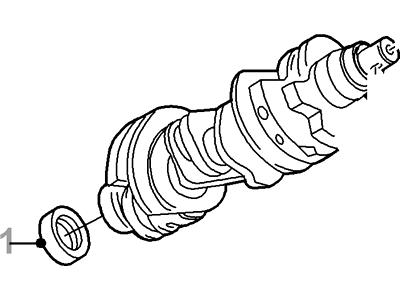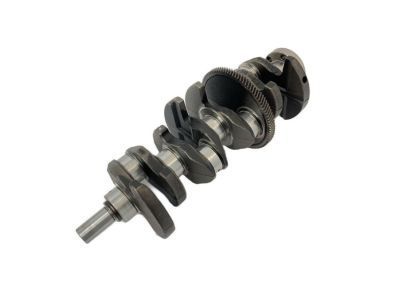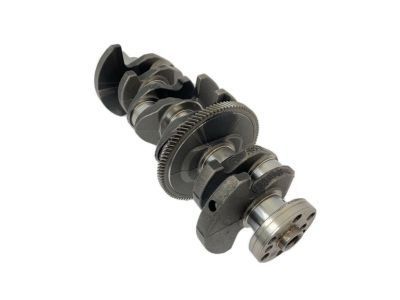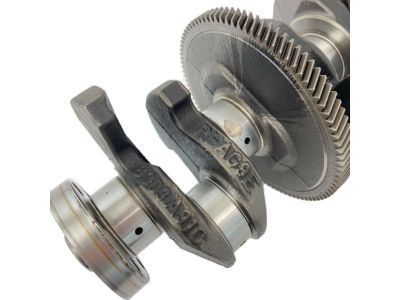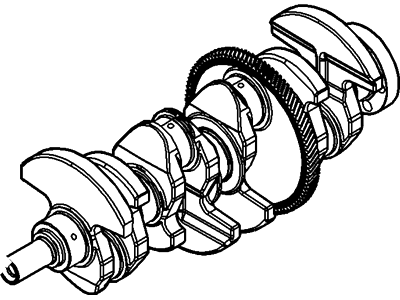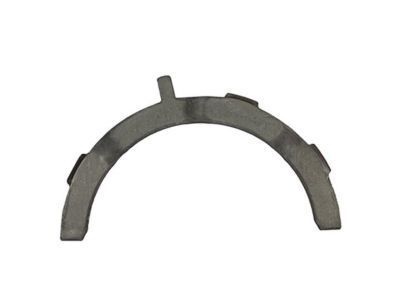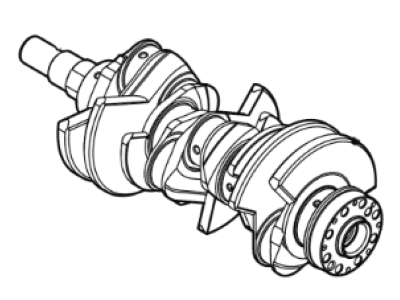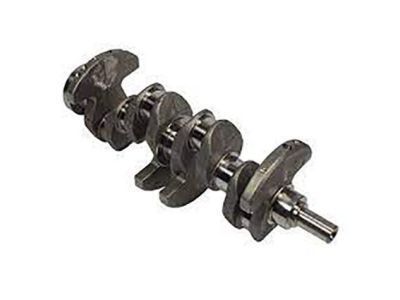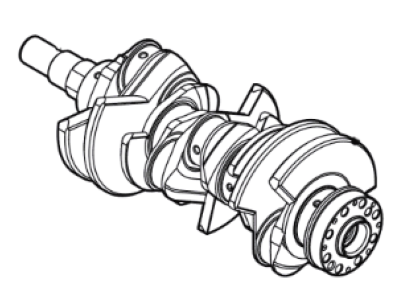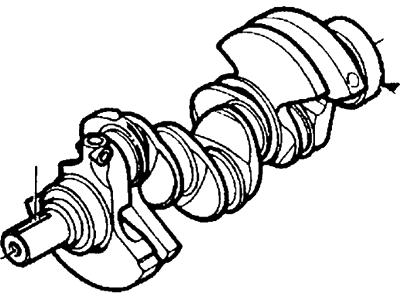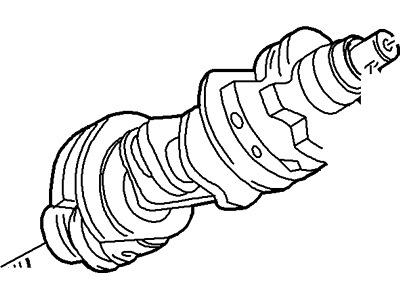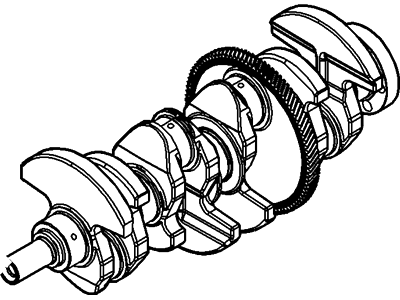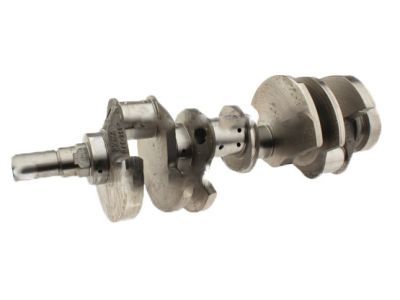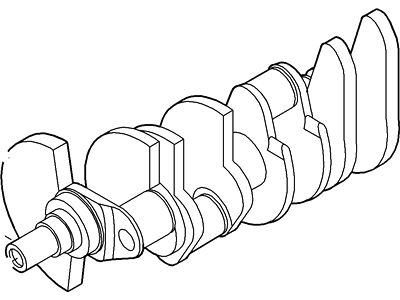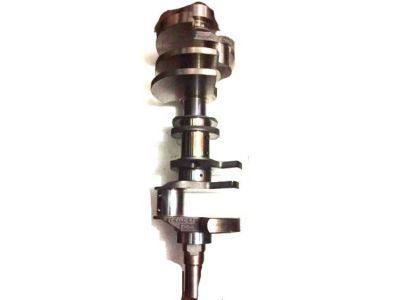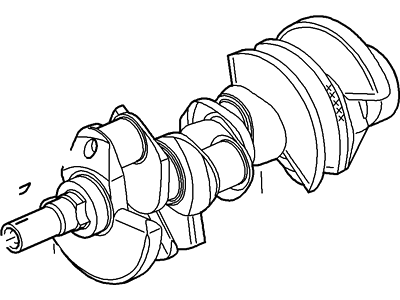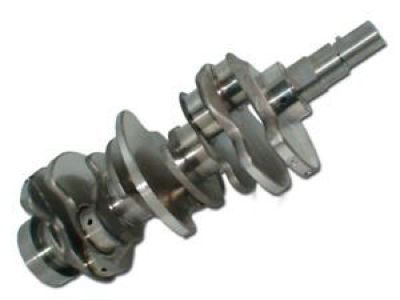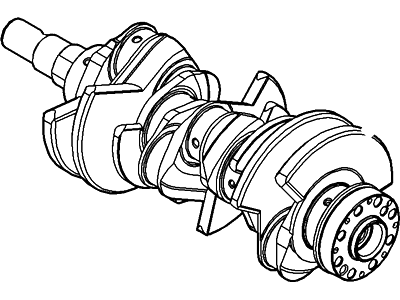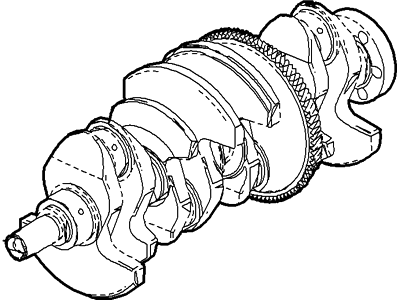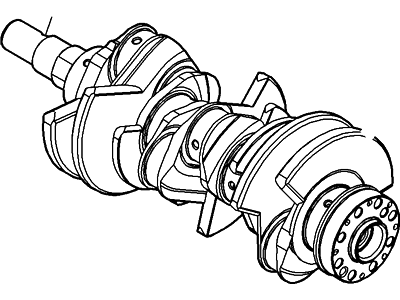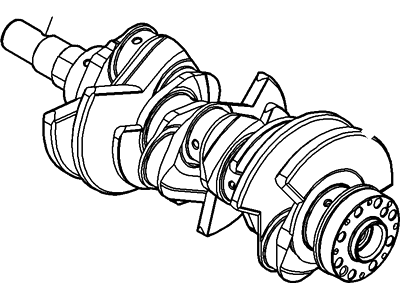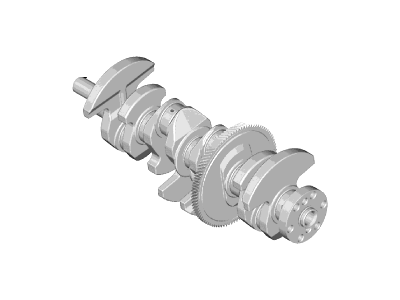

My Garage
My Account
Cart
Genuine Ford Explorer Crankshaft
Crank Shaft- Select Vehicle by Model
- Select Vehicle by VIN
Select Vehicle by Model
orMake
Model
Year
Select Vehicle by VIN
For the most accurate results, select vehicle by your VIN (Vehicle Identification Number).
25 Crankshafts found
Ford Explorer Crankshaft Assembly
Part Number: 5L2Z-6303-AA$244.80 MSRP: $340.07You Save: $95.27 (29%)Ships in 1-2 Business DaysFord Explorer Crankshaft Assembly
Part Number: AG9Z-6303-A$711.54 MSRP: $1134.83You Save: $423.29 (38%)Ships in 1-3 Business DaysFord Explorer Crankshaft Assembly
Part Number: HR3Z-6303-B$319.45 MSRP: $471.17You Save: $151.72 (33%)Ford Explorer Crankshaft Assembly
Part Number: HL3Z-6303-A$294.59 MSRP: $434.50You Save: $139.91 (33%)Ships in 1-3 Business DaysFord Explorer CRANKSHAFT ASY
Part Number: LB5Z-6303-B$277.19 MSRP: $408.83You Save: $131.64 (33%)Ships in 1-3 Business DaysFord Explorer CRANKSHAFT ASY
Part Number: L1MZ-6303-D$279.68 MSRP: $412.50You Save: $132.82 (33%)Ships in 1-3 Business DaysFord Explorer Crankshaft Assembly
Part Number: F7TZ-6303-AC$238.66 MSRP: $352.00You Save: $113.34 (33%)Ford Explorer Crankshaft Assembly
Part Number: XL2Z-6303-AA$238.66 MSRP: $352.00You Save: $113.34 (33%)Ford Explorer Crankshaft Assembly
Part Number: HL3Z-6303-C$280.92 MSRP: $414.33You Save: $133.41 (33%)Ships in 1-3 Business DaysFord Explorer Crankshaft Assembly
Part Number: FB5Z-6303-A$263.29 MSRP: $388.33You Save: $125.04 (33%)Ford Explorer Crankshaft Assembly
Part Number: 2C5Z-6303-BA$292.11 MSRP: $430.83You Save: $138.72 (33%)Ford Explorer Crankshaft Assembly
Part Number: 2C5Z-6303-AA$292.11 MSRP: $430.83You Save: $138.72 (33%)
| Page 1 of 2 |Next >
1-20 of 25 Results
Ford Explorer Crankshaft
We provide a wide range of Ford Explorer Crankshaft at the best prices possible. If you need Ford Explorer Crankshaft, you can shop with confidence on our website. All our OEM parts come with a manufacturer's warranty and are delivered to your door step with a fast delivery service.
Ford Explorer Crankshaft Parts Questions & Experts Answers
- Q: How to check crankshaft end play and remove the crankshaft on Ford Explorer?A:The crankshaft can only be removed after the engine has been taken out of the vehicle, assuming that the flywheel or drive plate, vibration damper, timing chain(s), oil pan, oil pump, and piston/connecting rod assemblies have been detached. Before starting the crankshaft removal, check the end play by mounting a dial indicator aligned with the crankshaft and touching its end. Push the crankshaft to the rear and zero the dial indicator, then pry it to the front and check the reading to determine the end play. If it exceeds the limit, inspect the crankshaft thrust surfaces for wear; if no wear is found, new main bearings may resolve the issue. If a dial indicator is unavailable, feeler gauges can be used by pushing the crankshaft to the front and measuring the clearance between it and the thrust main bearing. Check the main bearing caps for markings indicating their locations, ensuring they are numbered consecutively from front to rear; if not, mark them appropriately. Loosen the main bearing cap bolts gradually until they can be removed by hand, noting any stud bolts for proper reinstallation. Gently tap the caps with a soft-face hammer to separate them from the engine block, using the bolts as levers if necessary, and take care not to drop the bearing inserts. Finally, lift the crankshaft out of the engine, ideally with assistance due to its weight, and return the bearing inserts to their places in the engine block and main bearing caps, tightening the bolts finger tight.
Related Ford Explorer Parts
Browse by Year
2023 Crankshaft 2022 Crankshaft 2021 Crankshaft 2020 Crankshaft 2019 Crankshaft 2018 Crankshaft 2017 Crankshaft 2016 Crankshaft 2015 Crankshaft 2014 Crankshaft 2013 Crankshaft 2012 Crankshaft 2011 Crankshaft 2010 Crankshaft 2009 Crankshaft 2008 Crankshaft 2007 Crankshaft 2006 Crankshaft 2005 Crankshaft 2004 Crankshaft 2003 Crankshaft 2002 Crankshaft 2001 Crankshaft 2000 Crankshaft 1999 Crankshaft 1998 Crankshaft 1997 Crankshaft 1996 Crankshaft 1995 Crankshaft 1994 Crankshaft 1993 Crankshaft 1992 Crankshaft 1991 Crankshaft
